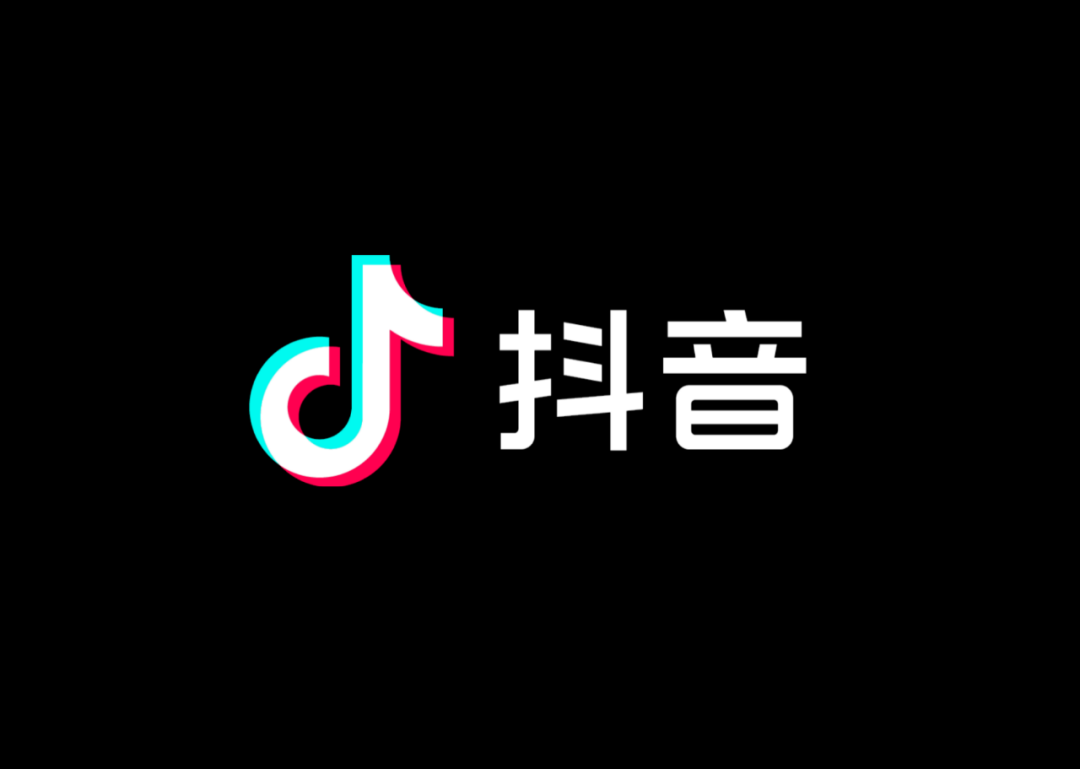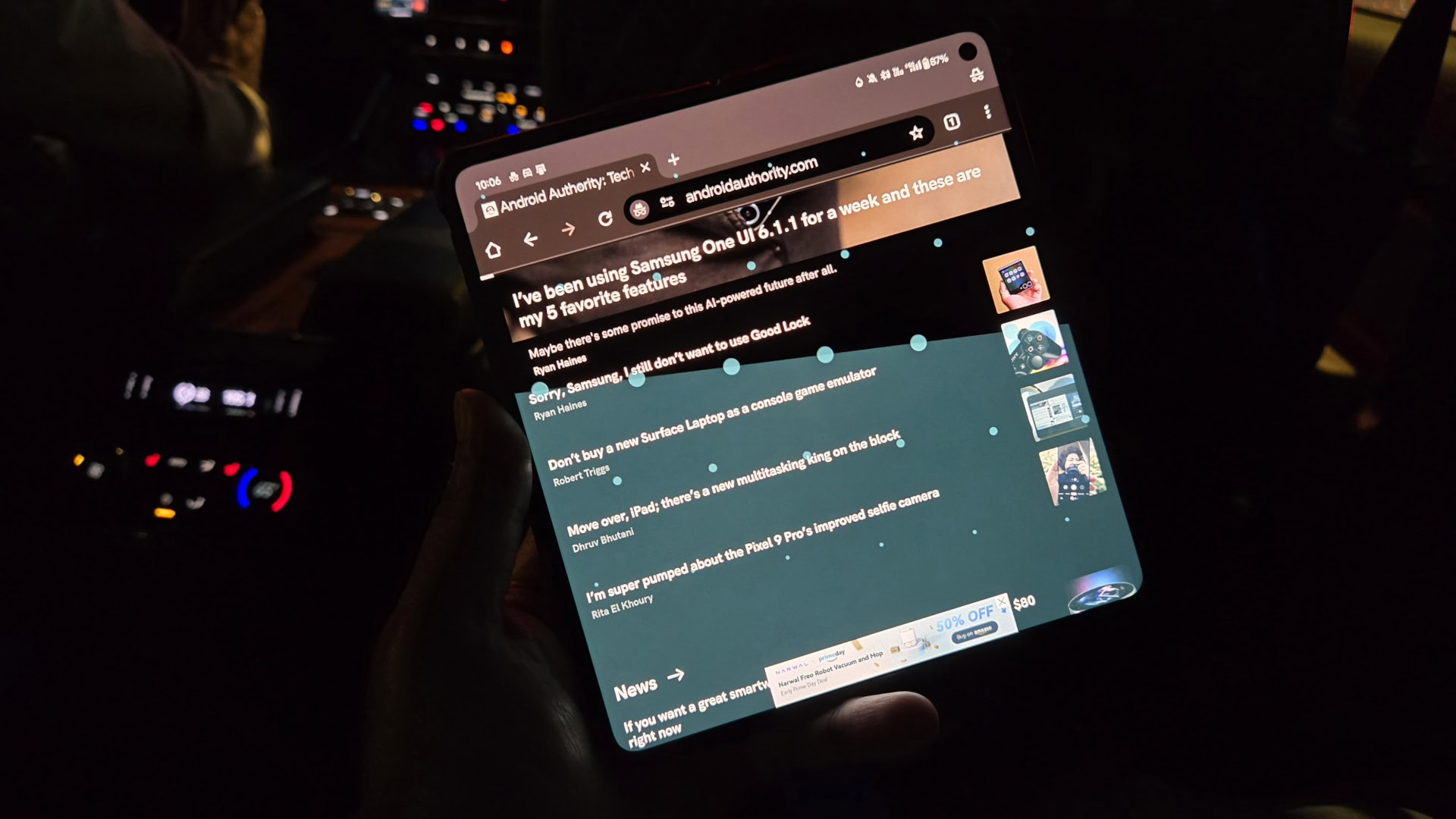There is a “great migration” underway from Elon Musk’s X.
Following an election in which the world’s richest person helped propel a convicted criminal into the White House, about 115,000 American users are said to have deleted their accounts from the platform formerly known as Twitter on Wednesday alone. Stefan King And Don Lemon both have promised to stop, as has happened The Guardian.
Meanwhile, competing services such as Bluesky, Threads and Mastodon are all rapidly emerging. But which one is the most worthy candidate for Twitter’s ancient crown? And which one is actually the right one for you, if you are one of those people who makes the leap?
I’ve been a Twitter/X user for 13 years – okay, fine, an addict. While I personally don’t plan on stopping posting there, I have am i’m trying to diversify my diet, and honestly it’s all very confusing.
So if you’re in a similar boat, here’s a quick guide to your top three options – along with some personal impressions from a lifelong Internet user cursed (or blessed) by God to learn forever.
Bluesky: ‘Theater child energy’
Bluesky is perhaps the clearest spiritual successor to washed). from Bluesky too).
On the surface, it looks and works much like Twitter used to. Dig into the options, however, and you’ll find some thoughtful special features. You can use custom timeline filters and algorithms created by other users, or you can avoid posting images until you add a description for people using screen reader software. Messages are officially just called messages, but… colloquially called ‘skeets’a lot to the sadness from the developers of Bluesky.
Bluesky gained more than 2 million new users in September after the Brazilian government blocked Twitter over a dispute with Elon Musk (MAURO PIMENTEL/AFP via Getty Images)
Vibes-wise, it feels precisely like Twitter did about ten years ago. It’s chaotic, irreverent and freewheeling, full of passionate, opinionated people with strange expertise sharing confusing local memes, as well as plenty of real-time commentary on politics and sports. It is too serious: For now, most people using it are there because they wanted to be part of something better.
So far, it also seems much less toxic than Twitter in 2014 (when it was already well on its way to becoming a gladiatorial hell). It has some smart conflict mitigation features, like allowing users to retroactively revoke permission to quote their posts and a so-called “nuclear block.” We’ll see if that holds up.
Pros: It feels like the old Twitter. ‘Starter packs’ created by other users make it easy to find people to follow, or you can simply import your list. Run by a public benefit corporation, which means (in theory) that it is legally bound to a positive social purpose. from X. Also Drill is here.
Disadvantages: Those are the users largely from the English-speaking developed world, at least for now, and appear to be mainly left-wing. Plus, those early Twitter vibes might not be what you’re looking for. One technology journalist said it has “theatre kid energy”; another called it “millennial roommate board game night energy”. Oh, and sometimes you still get glitches and glitches.
WHO IS THERE? News junkies and political anoraks; academics, policy researchers, authors and journalists (so many journalists). In other words: nerds.
Subject: No politics please
A fellow Twitter junkie once told me that Instagram is for pretty people, while Twitter is for ugly people who had no choice but to learn to be funny. If that’s true, who is Threads – a Twitter clone of Instagram – for?
Right now the answer seems to be: lifestyle influencers. Celebrities. Occasional users. Normies and turbonormies. Liberals engaging in election denial conspiracy theories. A handful of journalists and political leaders complaining about the algorithm. Messages are definitely just called messages, thank goodness.

Instagram CEO Adam Mosseri at the 2024 Met Gala with his wife Monica (Jamie McCarthy/Getty Image)
To be clear: Threads does enormous more popular than Bluesky, with about 275 million monthly active users in August, compared to Bluesky’s roughly 17 million today. In fact, the number of users Threads has gained so far this month is almost equal to Bluesky’s entire audience.
But to me it also feels more sedate and contained, with the same heavy-handed AI-powered moderation that has become a trademark of Instagram’s parent company Meta (which also owns Facebook) and a persistent algorithmic default feed that aggregates five-second posts. ago and two days ago and regularly shows messages you have already seen.
Pros: Chiller and more relaxed than Bluesky, with a much larger audience. Strict rules against nudity, if you’re into that sort of thing. Integrates with Instagram. There is also a deliberate de-emphasis on politics, so if you want to avoid the political discussion, this is a great place to be.
Disadvantages: As I said, Threads does not such as politics, or the news media in general. Instagram CEO Alex Mosseri has said that most users aren’t interested in that, while he is initially claimed that the app would not discourage news or politics or take it to a lower level, as it turned out reverse course. It’s also difficult to find new people to follow and nearly impossible to escape the clutches of Meta’s recommendation and timeline sorting algorithms. Obviously, using Threads also lines the pockets of Meta and Mark Zuckerberg, which you may have an opinion about. Also sometimes faltering.
WHO IS THERE? Apparently not everyone on Bluesky and Mastodon.
Mastodon: home of the super nerds
Mastodon is the most complicated candidate. Like Bluesky, it is designed to be decentralized and not controlled by any one person or organization. But while this is for Bluesky usually happens behind the scenes – and much of it is still in the future – with Mastodon at the center.
Instead of one monolithic social network, Mastodon is actually a federation of different social networks that all talk to each other. When you create an account, you must choose a specific “instance” as your home. Instances can be managed by anyone: corporations, universities, private companies or just enthusiasts, and each instance has its own rules and moderation procedures. If this sounds like a high-pressure choice, you can just choose default Mastodon.social – run by a non-profit organization founded by Eugen Rothko, the creator of Mastodon.
Once you’re inside, it’s not that confusing. Messages – called ‘toots’, I think so – can hold up to 500 words, giving it a bit of a Tumblr-y, blog-like feel. It is not surprising that for such a (relatively) complex service the user base seems to be very technical.

Elon Musk acquired Twitter on October 27, 2022, in a deal worth $44 billion. “Let that sink in,” he tweeted after the announcement (Getty Images)
Mastodon is part of what’s called the “fediverse,” a loose association of social media sites that use the same underlying technical standards. The hope is that all these services will work together at some point in the future; that choosing a social network will be less like choosing between Netflix and Disney+ and more like choosing a web browser or an email service. The content of each service would be visible through all other services, and users would simply decide How they want to engage in the underlying activity.
Even now, Threads is partially compatible with Mastodon, allowing you to automatically make your Threads posts visible on Fediverse services. So maybe one day the real Twitter successor will be all of these services at the same time. Or maybe not.
Pros: Decentralized, with a high degree of user control; You can even set up your own one just for you. Or just find an agency whose operators you like and trust. Are you an absolutist for freedom of speech? Someone probably took care of that. Do you want zero tolerance for fake news or bigotry? Likewise. It’s also extremely customizable, with very detailed privacy settings.
Disadvantages: Steeper learning curve than other services. Hard to find people to follow now that most automated tracking import services have been broken by Elon Musk’s policies.
WHO IS THERE? Techies, proponents of open source software, old-fashioned “declaration of the independence of cyberspace” internet freedom fighters, Linux users and transgender hackers. In other words, super nerds.









